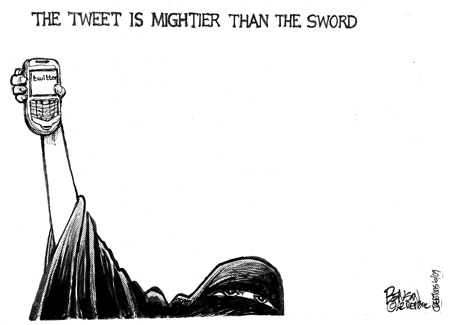Kicking this back up to the top because it fits so well with the recent posts from Al Lorenz and Doug Quance. –GSS
I’ve understood since I was 18 or so how real estate develops organically, in a truly free market, so I have known all my adult life how horribly the real estate market has been disrupted by the idiotic intrusions of Rotarian Socialism. It’s all about who can steal a few bucks by strong-arming his neighbors, and no one ever stops to wonder what gets mucked up in the process.
So: I said:
tell me in twenty-five words or fewer why relatively fungible non-commercial real estate should ever be thought of as an investment.
And Brian Brady said, in a comment to that post:
When it’s a 1-4 unit property, held for investment purposes.
Ten words. What am I missing?
What he’s missing is the definition of commercial real estate. If Brian owned 1-4 rental tuxedoes, should he call that his personal wardrobe? Just because the tax laws engender dumb distinctions, we don’t have to ignore reality, do we? Rental property — including a solitary rental house — is commercial real estate. It is owned in pursuit of profit, not as the residence of the owner.
So again:
tell me in twenty-five words or fewer why relatively fungible non-commercial real estate should ever be thought of as an investment.
The answer is that it should not. Hundreds of thousands of elderly people are going to suffer because — at the bidding of the National Association of Realtors — they took their eye off the ball. There is nothing rare about a tract home. If it gains in value ahead of other consumer goods, there has to be a cause — usually one that originates in the criminal use of force against people innocent of all wrong-doing.
As we have discussed, the precipitating cause of the real estate boom in the southwest was criminal land-use restrictions in the costal metroplex of Southern California. The land there is not inherently scarce, but governments made its development difficult or impossible, driving prices up faster than they would have gone otherwise. Investors falsely believed Read more



